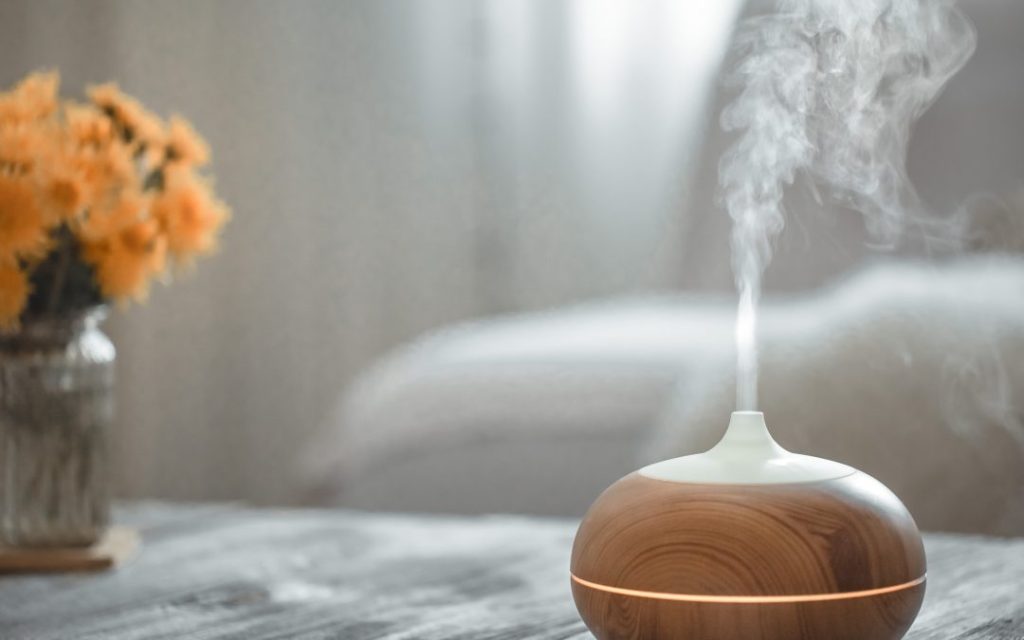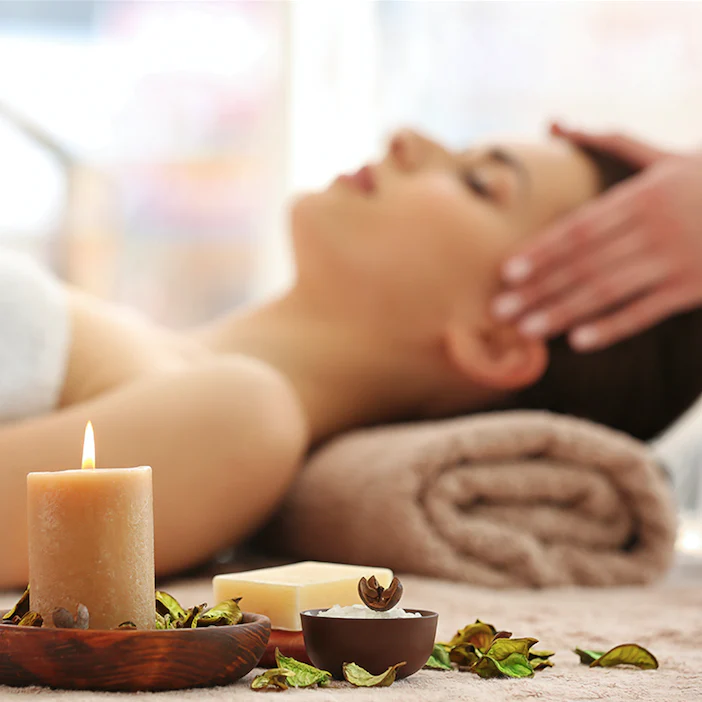Introduction
Aromatherapy, the art and science of using essential oils to promote physical and emotional well-being, has a long and fascinating history that dates back thousands of years. This ancient practice, rooted in the use of aromatic plants and their extracts, has transcended cultures and civilizations, leaving a profound impact on holistic healing traditions. From ancient Egypt to modern-day wellness practices, the history and origins of aromatherapy have woven a fragrant tapestry of therapeutic benefits and cultural significance. In this blog, we will journey through time to explore the captivating history of aromatherapy, its early roots in ancient civilizations, and how it has evolved into the widely embraced form of alternative medicine we know today.
Ancient Beginnings
The history of aromatherapy can be traced back to the ancient civilizations of Egypt, China, and India. Ancient Egyptians were among the first to use aromatic plants for their medicinal and spiritual properties. They incorporated essential oils into religious ceremonies, embalming practices, and cosmetic preparations. The use of aromatic plants such as frankincense, myrrh, and rosemary was highly valued, and the knowledge of their therapeutic properties was passed down through generations.
Similarly, in ancient China, aromatic herbs and plants were employed in traditional medicine to address various health concerns. The Chinese also developed the practice of using aromatic substances in incense and perfumes, recognizing their ability to influence emotions and create a sense of balance.
In India, the use of aromatic oils was an integral part of Ayurveda, a traditional holistic healing system. Ayurvedic practitioners believed that essential oils, extracted through distillation or expression, possessed potent healing properties that could be harnessed to promote physical, emotional, and spiritual well-being.

The Renaissance and Beyond
The term “aromatherapy” was coined in the early 20th century by René-Maurice Gattefossé, a French chemist and perfumer. Gattefossé discovered the healing potential of lavender essential oil when he accidentally burned his hand and found that applying lavender oil provided significant relief and promoted faster healing. This pivotal event led Gattefossé to conduct further research on essential oils’ therapeutic properties, laying the foundation for modern aromatherapy.
In the 1920s, Marguerite Maury, another French aromatherapist, expanded the use of essential oils by incorporating them into massage therapy. Her approach focused on individualized treatments, tailoring essential oil blends to address specific health conditions and emotional imbalances. Maury’s work contributed to the development of personalized aromatherapy practices that are still prevalent today.
Aromatherapy in the Modern World
The popularity of aromatherapy continued to grow in the 20th century, spreading beyond Europe to North America and other parts of the world. In the 1980s, the term “aromatherapy” became more widely recognized, and essential oils found their way into mainstream wellness practices, beauty products, and alternative medicine.
The advent of scientific research further solidified aromatherapy’s credibility as a complementary healing modality. Studies began to investigate the chemical components of essential oils and their potential therapeutic effects on various health conditions. As a result, aromatherapy gained recognition as a valuable tool for supporting overall well-being and alleviating certain symptoms.
Today, aromatherapy is incorporated into various settings, including spas, holistic health practices, hospitals, and even homes. It is used in diffusers, topical applications, inhalation therapies, and massage treatments. Essential oils are carefully selected and blended to address specific health concerns, promote relaxation, reduce stress, and enhance emotional balance.

Cultural Significance and Rituals
Beyond its medicinal applications, aromatherapy retains cultural significance and plays a role in rituals and traditions worldwide. In many cultures, the burning of incense or the use of scented oils is a symbolic act of purification, prayer, or meditation. The soothing scents of essential oils are believed to connect individuals with their spiritual selves and higher realms of consciousness.
For example, in traditional Indian practices, incense and essential oils are integral to meditation and yoga practices. The scent of sandalwood or jasmine can evoke a sense of calm and spiritual grounding during these activities. In Japan, the art of Kōdō, or “way of incense,” is a highly revered practice that involves appreciating and understanding the scents of incense as a form of mindful meditation.
Conclusion
The history and origins of aromatherapy reveal a rich tapestry of cultural traditions, medicinal practices, and spiritual significance. From ancient civilizations to modern times, the use of aromatic plants and their extracts has been intertwined with human health, spirituality, and well-being. Aromatherapy has come a long way from its ancient beginnings, evolving into a respected form of alternative medicine and a cherished aspect of modern wellness practices. As we continue to explore the benefits of aromatherapy, let us appreciate the wisdom of our ancestors and embrace the aromatic wonders that nature provides for our physical, emotional, and spiritual harmony.